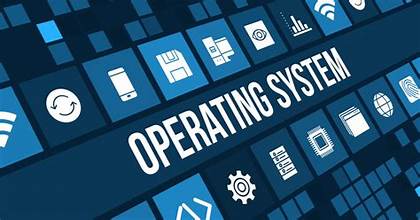
Flutter is an open-source UI software development kit created by Google. It is used for building natively compiled applications for mobile, web, and desktop from a single codebase. Flutter enables developers to craft high-quality interfaces for Android, iOS, web browsers, and desktop platforms such as Windows, macOS, and Linux, using a single programming language and codebase. Here’s a detailed exploration of Flutter, including its history, usage, features, and more:
History of Flutter:
Flutter was first introduced by Google at the Dart Developer Summit in 2015 under the name “Sky.” It was initially aimed at providing a framework for creating high-performance, high-fidelity mobile applications for both iOS and Android platforms. The first alpha version of Flutter was released in May 2017, followed by several updates leading to its stable release in December 2018.
Since its launch, Flutter has gained significant traction in the developer community due to its fast development cycles, expressive UI, and native performance. Google’s commitment to Flutter’s development has led to continuous improvements, updates, and support for the framework, making it a popular choice for building cross-platform applications.
Key Features of Flutter:
- Single Codebase: Flutter allows developers to write code once and deploy it across multiple platforms, eliminating the need for separate codebases for each platform.
- Fast Development: Flutter’s hot reload feature enables developers to see changes instantly without restarting the app, leading to faster development cycles and efficient debugging.
- Expressive UI: Flutter provides a rich set of customizable widgets and tools for building beautiful and highly responsive user interfaces, enabling developers to create visually appealing apps.
- Native Performance: Flutter apps are compiled directly to native machine code, resulting in high performance and smooth animations on both iOS and Android platforms.
- Rich Ecosystem: Flutter has a growing ecosystem of packages, plugins, and third-party libraries that extend its functionality and enable integration with other services and platforms.
- Support for Material Design and Cupertino: Flutter offers built-in support for both Material Design (Android) and Cupertino (iOS) design languages, allowing developers to create platform-specific interfaces with ease.
- Accessibility: Flutter provides robust accessibility features, making it easier for developers to create apps that are accessible to users with disabilities.
- Internationalization and Localization: Flutter supports internationalization and localization features, enabling developers to create apps that cater to users from different regions and languages.
Uses of Flutter:
- Mobile App Development: Flutter is primarily used for building mobile applications for both Android and iOS platforms. It is suitable for various types of apps, including business applications, social media apps, e-commerce platforms, and more.
- Web Development: Flutter’s support for web development allows developers to create responsive and interactive web applications using the same codebase used for mobile apps.
- Desktop App Development: With the stable release of Flutter for desktop platforms such as Windows, macOS, and Linux, developers can now use Flutter to build cross-platform desktop applications.
- Embedded Systems: Flutter’s flexibility and performance make it suitable for building applications for embedded systems and IoT devices.
- Experimental Platforms: Flutter has experimental support for platforms such as embedded devices, augmented reality (AR), and virtual reality (VR), opening up new possibilities for developers.
In conclusion, Flutter is a versatile and powerful framework for building cross-platform applications with native performance and expressive user interfaces. Its fast development cycles, single codebase, and support for multiple platforms make it a popular choice among developers for a wide range of applications. With continuous updates and improvements from Google and the Flutter community, the framework is expected to see further growth and adoption in the future.




